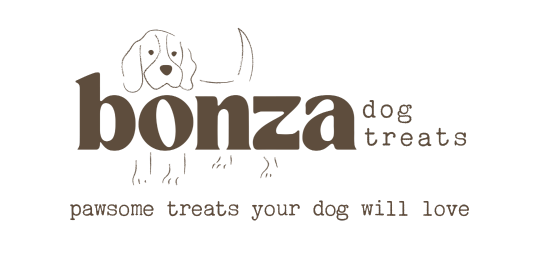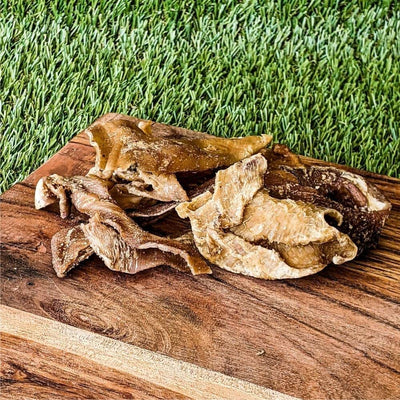The whole-prey philosophy
Whole-prey feeding is all about offering foods that resemble what a canine would eat in nature — not just meat, but also bone, connective tissue, organs, skin, and yes, fur or feathers. The idea is simple: when you include the “whole animal” components, you deliver a fuller nutrient spectrum and natural textures that support teeth, gut health, and mental enrichment. You don’t have to go full wolf to get the benefits; selectively using whole-prey style treats is a low-effort way to level up your dog’s diet.
Fur, feathers, and bones: more than just protein
-
Fur = natural fibre. Fur acts like gentle, insoluble fibre that helps “sweep” the gut, firm stools, and may reduce anal gland issues. Many raw feeders notice tidier poos when fur is in the mix.
-
Bones = minerals + dental work. Appropriately sized raw or air-dried bones (never cooked) contribute calcium and phosphorus while scraping plaque as dogs gnaw.
-
Skin/connective tissue = collagen. These bits bring chew satisfaction and collagen, which supports joints, skin, and coat.
-
Organs = micronutrient powerhouses. While this article focuses on treats, remember that liver, kidney, and other organs play a key role in a complete raw diet, and some offal is available in treat form.
How treats fit into a prey-model raw diet
Think of whole-prey treats as add-ons that complement your dog’s main meals:
-
Use fur-on chews a few times per week to deliver natural fibre without synthetic additives.
-
Rotate proteins (e.g., goat, venison, rabbit, wallaby) to reduce the chance of sensitivities from repeat exposure.
-
Mix textures — a crunchy ear one day, a tougher skin strip the next — to keep teeth busy and brains engaged.
-
Keep training-size pieces (like snapped jerky or small ears) on hand so you’re not overfeeding.
-
For sensitive dogs, start with a single new protein and monitor for 48–72 hours.
Best Bonza options for whole-prey style snacking
We keep things simple — single-ingredient, air-dried, and naturally textured. Easy wins to add the “whole-prey” vibe without turning your kitchen into a butcher shop:
-
Rabbit Ears with Fur – Gentle, beginner-friendly, and brilliant for gut health.
-
Goat Ears with Fur – Crunchy, novel protein and a great fibre top-up; the fur is a natural “gut brush.”
-
Venison Ears with Fur – Lean, tasty, and ideal for dogs avoiding common proteins.
-
Wallaby Skin with Fur – Thin, chewy strips that add variety and longer chew time.
-
Beef Hide Scrolls – Light but fibrous; a good chew for larger dogs.
Prefer low-mess days? Alternate with single-ingredient non-fur chews (like deer antler or goat horn) for dental work and enrichment, then re-introduce furry options through the week.
Safety notes and what to avoid
Whole-prey style treats are safe when you follow a few common-sense rules:
-
Supervise every chew. Remove pieces that become too small to chew safely.
-
Pick the right size. Match chew size and toughness to your dog’s breed, age, and chewing style.
-
Go slow at first. New to fur? Start with a small piece and observe stool quality and comfort.
-
Fresh water always. Chewing + fibre = thirsty pup; keep bowls topped up.
-
Never feed cooked bones. Cooked bones can splinter — stick to raw or air-dried only.
-
Know your dog. Dogs with specific medical conditions (e.g., severe GI disease, dental fractures, pancreatitis) should have any new chew cleared with a vet.
-
Hygiene matters. Store treats in a cool, dry place; wash hands and bowls after feeding, just like you would with raw food.
The takeaway
You don’t have to commit to full prey-model raw to give your dog the benefits. Adding fur-on treats and naturally textured chews is an easy, fuss-free way to support gut health, dental hygiene, and enrichment — all while keeping ingredients clean and species-appropriate. With Bonza’s wide range of single-ingredient, fur-on options, it’s simple to build a routine that’s healthy, safe, and totally paw-some.








